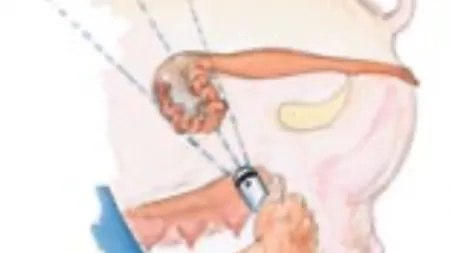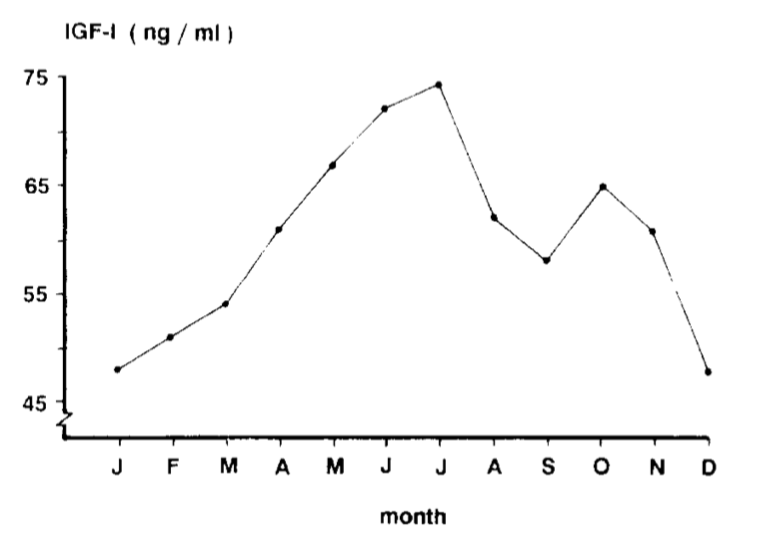Seasonal infertility: the cause, the cost and can you prevent it from happening?

Still summer and already warning for the upcoming seasonal infertility?! A good understanding of what causes seasonal infertility or the so-called after-summer dip can help in preventing and limiting the negative consequences.
What is seasonal infertility?
It is the natural phenomenon occurring in September and October when healthy sows spontaneously return to service about 4 weeks after insemination. However, these sows will remain perfectly pregnant with the next insemination. This phenomenon can be easily demonstrated on almost every farm with a quick analysis of the technical numbers. Naturally, sows avoid giving birth in the winter period and thus stay in gestation difficultly from late August to late October. Extensive genetic selection has still not succeeded in completely eradicating this seasonal influence.
How does seasonal infertility arise?
Seasonal infertility arises due to the rapid shortening in day length. This decreasing day length results in a decrease in fertility and also a dip in the insulin-like growth factor IGF-1 level. (See Fig. 1) IGF-1 is an important growth factor responsible for the overall development and fertility of any mammal. The difference between warmer days and colder nights makes the sows even more sensitive to seasonal infertility.

Fig. 1: The natural trend of the IGF-1 level in the serum in a German landrace sow
A successful gestation is the result of a delicate interaction between the sex hormones of the sow, hormones produced by the fetuses, insulin and the insulin-like growth factor, IGF-1. There are various factors that influence this interaction, such as general management, climate, (heat-)stress, loss of condition, etc.
What is the impact of seasonal infertility?
Research shows that in the fall, fertility on a farm decreases on average by 2.8%. However, at one farm in four, fertility decreases by over 7%.
According to Wageningen University, the financial value of 1% more or less farrowing percentage equals to € 16.5 / sow present / year. This seasonal effect occurs for two consecutive months, resulting in an average cost of € 8 per sow and for 25% of the farms a cost of € 20 per sow present.
The research also indicates that in years with hot summers, the effect of seasonal infertility is even greater. Global warming will only increase the importance of the problem.
How can you prevent seasonal infertility from happening?
Pre-emptive measures can limit the negative effect of external factors on the different hormone levels.
- Light
Most pig farmers already apply a constant light regime of 16 hours light and 8 hours dark with a good light intensity (100 lux) in the breeding stable. However, it is important to extend this to the farrowing and gestation stable. To summarize; a constant light regime on the entire farm is a must to limit the influence of the shortening day length.
- Climate
The temperature should also be kept constant. Especially large temperature differences between day and night have a negative influence. Adjust the ventilation and keep the doors closed at all times to avoid drafts.
- Feed and management in gestation shed
Feeding at high levels (3kg / day) at the beginning of gestation is important. Long-term, chronic stress at the beginning of gestation leads to abortion (f.e. due to an increased population density). Small and permanent groups (up to 20 sows) are most at risk; in such groups competition for feed is often higher. In larger, variable groups, the risk of seasonal infertility is smaller, especially if a straw bedding is used.
- Condition
Body condition of the sow is a very decisive factor for having a successful future gestation. During a hot summer, sows in the farrowing pen suffer even more than usual due to the negative influence of heat stress and the condition often deteriorates even more. Take sufficient measures during the current heat stress periods to prevent the consequences on fertility in the fall.
Therefore, it is of extreme importance to flush the animals well (carbohydrate rich feed in the breeding stable) and to provide extra support with LIANOL® Ferti from mid-August to the end of October. LIANOL® Ferti ensures an increase in production of the growth factor IGF-1 by the sow.
Together with insulin, this IGF-1 will trigger the brain of the sow to produce enough sex hormones to ensure a successful gestation.
Enjoy the summer and face the fall with confidence. However, avoid major problems for yourself and your staff by taking pre-emptive action and limiting the effects of seasonal infertility. Ask for Lianol® Ferti at your vet or fertility specialist.
